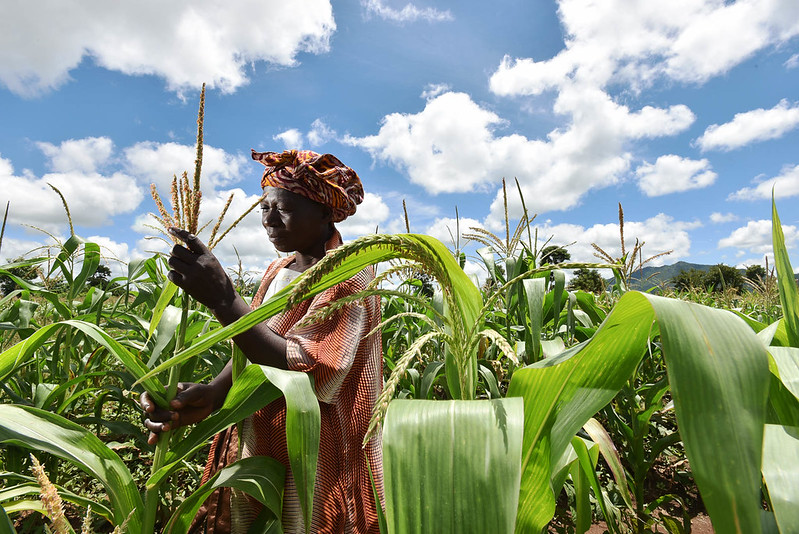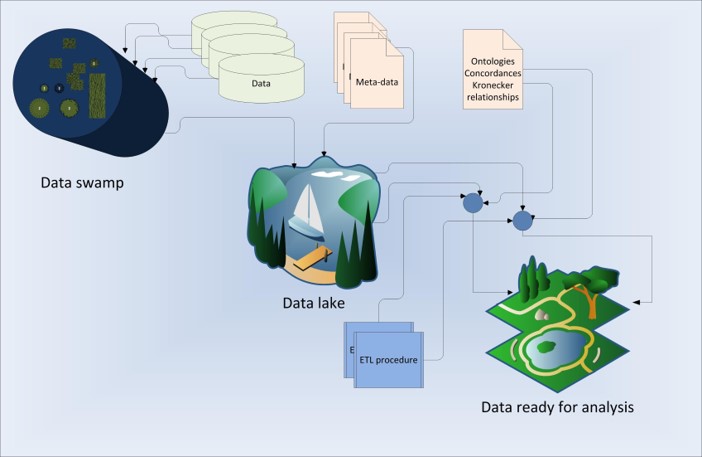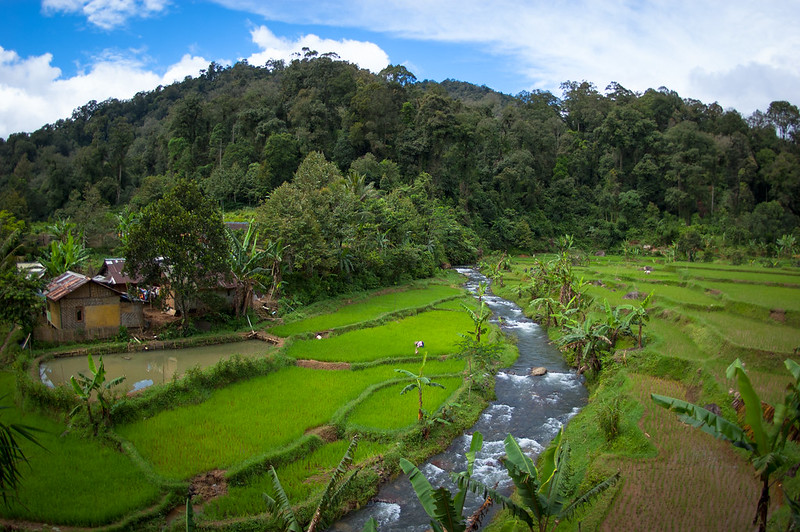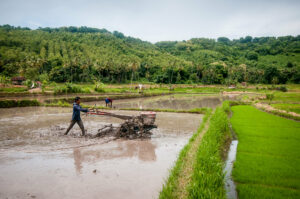Latest Posts
Modelling the global economic consequences of a major African swine fever outbreak in China
African swine fever is a deadly porcine disease that has spread into East Asia where it is having a detrimental effect on pork production. However, the implications of African swine fever on the global pork market are poorly explored. Two linked global economic models are used to explore the consequences…
Structural approaches to modeling the impact of climate change and adaptation technologies on crop yields and food security
Achieving and maintaining global food security is challenged by changes in population, income, and climate, among other drivers. Assessing these threats and weighing possible solutions requires a robust multidisciplinary approach. One such approach integrates biophysical modeling with economic modeling to explore the combined effects of climate stresses and future socioeconomic…
Conjecturing Production, Imports and Consumption of Horticulture in Indonesia In 2050: A GAMS Simulation Through Changes in Yields Induced by Climate Change
Indonesian Petunjuk perubahan iklim yang cepat saat ini telah diamati dan dibukukan secara meluas. Semua perubahan ini secara pasti akan menyebabkan kemerosotan jumlah dan mutu lahan, air, dan iklim mikro di tempat di pertumbuhan tanaman hortikultura. Selanjutnya, dapat diprakirakan produktivitas lahan dan hortikultura akan menurun. Makalah ini bertujuan untuk mengkaji…
Risk of increased food insecurity under stringent global climate change mitigation policy
Food insecurity can be directly exacerbated by climate change due to crop-production-related impacts of warmer and drier conditions that are expected in important agricultural regions1–3. However, efforts to mitigate climate change through comprehensive, economy-wide GHG emissions reductions may also negatively affect food security, due to indirect impacts on prices and…
Combining the effects of increased atmospheric carbon dioxide on protein, iron, and zinc availability and projected climate change on global diets: a modelling study
Summary Background Increasing atmospheric concentrations of carbon dioxide (CO2) affect global nutrition via effects on agricultural productivity and nutrient content of food crops. We combined these effects with economic projections to estimate net changes in nutrient availability between 2010 and 2050. Methods In this modelling study, we used the International…
Income growth and climate change effects on global nutrition security to mid-century
Twenty-first-century challenges for food and nutrition security include the spread of obesity worldwide and persistent undernutrition in vulnerable populations, along with continued micronutrient deficiencies. Climate change, increasing incomes and evolving diets complicate the search for sustainable solutions. Projecting to the year 2050, we explore future macronutrient and micronutrient adequacy with…









